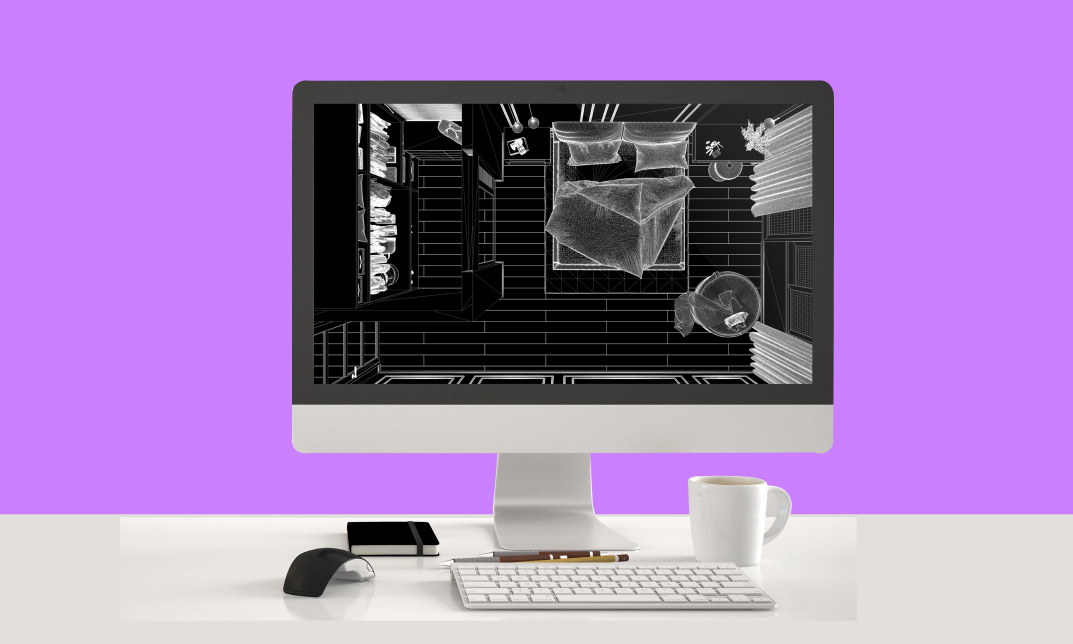Course Curriculum
| Online CAD Designer Training Course | |||
| Module 01: Introduction to CAD Design | 00:30:00 | ||
| Module 02: CAD Designer Career in the United Kingdom | 00:30:00 | ||
| Module 03: Basics for CAD Design – Part 1 | 00:30:00 | ||
| Module 04: Basics for CAD Design – Part 2 | 00:30:00 | ||
| Module 05: 2D Shape in CAD | 00:30:00 | ||
| Module 06: 3D Shape in CAD | 00:30:00 | ||
| Module 07: Geometry and Modelling | 00:40:00 | ||
| Module 08: Assemblies in CAD Design | 00:30:00 | ||
| Module 09: Extrusion and Rotations | 00:40:00 | ||
| Module 10: Blending Operations in CAD | 00:50:00 | ||
| Module 11: Grids and Regular Polygons | 00:30:00 | ||
| Module 12: Parameters in Civil Drawings | 00:40:00 | ||
| Module 13: Introduction to AutoCAD | 00:50:00 | ||
| Module 14: Introduction to T-Flex CAD | 00:30:00 | ||
| Module 15: Introduction to SolidWorks | 00:30:00 | ||
| Module 16: Introduction to FreeCAD | 00:30:00 | ||
Course Reviews
[elementor-template id='289348']










